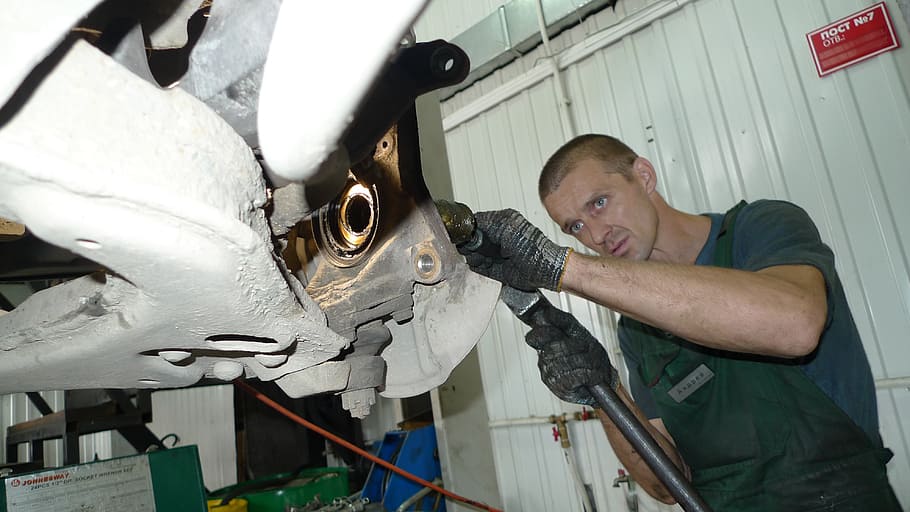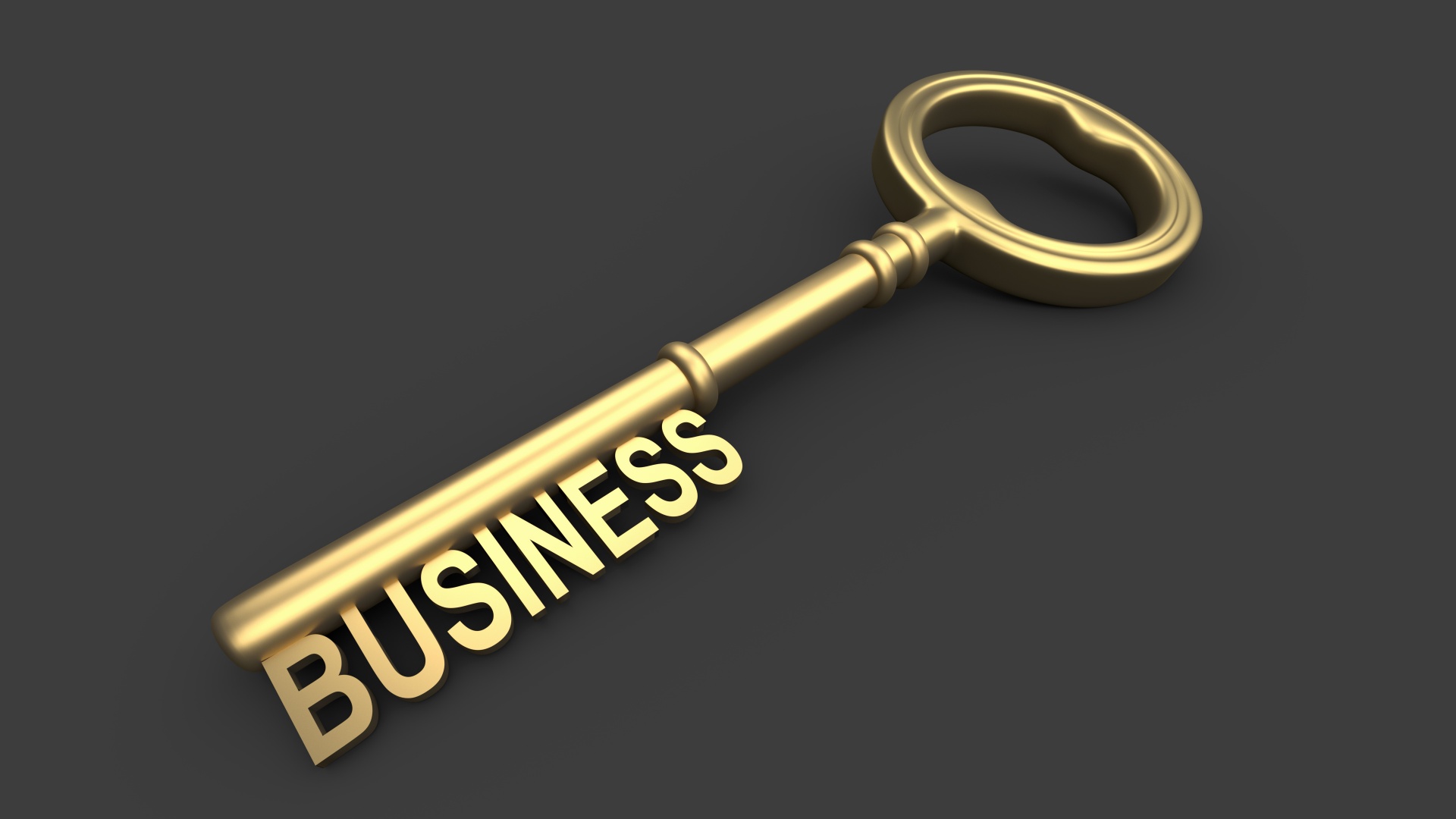Companies are often faced with the dilemma — to repair or replace? An important piece of machinery has failed, a crucial element of a process or production line. Biting the bullet and replacing it can be expensive, however on the other hand, is it worth spending money on repairing aging equipment?
When assets break down, productivity is at risk and this can adversely affect profitability in the short or even long term. Time and cost are both key considerations, but there are also a range of other factors at play. It is a decision that requires careful consideration in order to maintain productivity and manage costs.
Businesses have long used the 50 per cent rule as a guide: if breakdowns and repairs exceed 50 per cent of the total cost of replacing a piece of equipment, then you should outright replace it. However, there’s often more to consider — take that guide with a pinch of salt. Here, we’ll take a look at the pros and cons of repair and replace, looking at several factors such as cost, time, reliability, and labour.
Reducing downtime
The first consideration when deciding whether to replace or repair is the nature of the machinery and how essential it is. For example, backup power generators are critical when mains power is lost. Following a programme of preventative maintenance and making minor generator repairs on an as-needed basis significantly reduces risk of total machine failure at a critical moment. Maintaining repairs through regular inspections is effective, and if any issues are identified they can be resolved immediately, preventing unanticipated downtime.
Replacing the asset is often the quickest route to resuming operations in the shortest period of time. In some cases, any additional cost to purchase a replacement will be offset by the quick return to profitability. However, the decision may not be this straightforward. There may be long lead times for the procurement of new machines or adjustments may need to be made to existing infrastructure if a direct replacement can’t be obtained, all of which can extend the period of downtime. For example, in this case of a dock pump motor, at over 100 years old, a direct replacement would not be possible. Costly adaptations would need to be made to allow for the installation of a new motor, so a repair was necessary. In these cases, a repair may still prove the most efficient solution.
Making cost-effective decisions
It is often significantly cheaper to repair or replace certain components rather than buying a whole new asset. According to the Association of Electro Mechanical Trades, simply replacing bearings resolves around 50 per cent of motor failures.
Even complex repairs can still achieve an outcome comparable with buying a new machine. For example, although there is a common perception that electric motor rewinding reduces efficiency, industry bodies EASA and the AEMT have demonstrated that it is possible to maintain or even increase efficiency when rewinding a motor.
If, however, equipment requires a significant amount of maintenance and repair work, then it may be more cost-effective to replace. Consider whether a new machine is likely to be more energy efficient, weighed up against the environmental impact of buying new.
While it’s common practice at larger companies, any business can carry out a lifecycle cost analysis on each asset, taking into account the costs of obtaining, maintaining, and disposing of machinery.
- Ownership— purchase price, insurance, interest, taxes, storage, depreciation, decommissioning, and disposal.
- Operating — repairs, maintenance, fuel, operator labour, fluids, and other consumable costs.
Improving reliability
Ultimately, reliability is the primary consideration when dealing with aging assets. The priority is to increase the mean time between failure, minimising downtime, and associated costs. Ongoing preventative maintenance is the most efficient way to protect your equipment, but machine failures cannot be avoided completely. Having a strategy in place for these situations will help minimise disruption.
Repair vs replace is a common consideration for a wide range of businesses. Make sure you weigh up the pros and cons so that your productivity doesn’t feel the effects.







